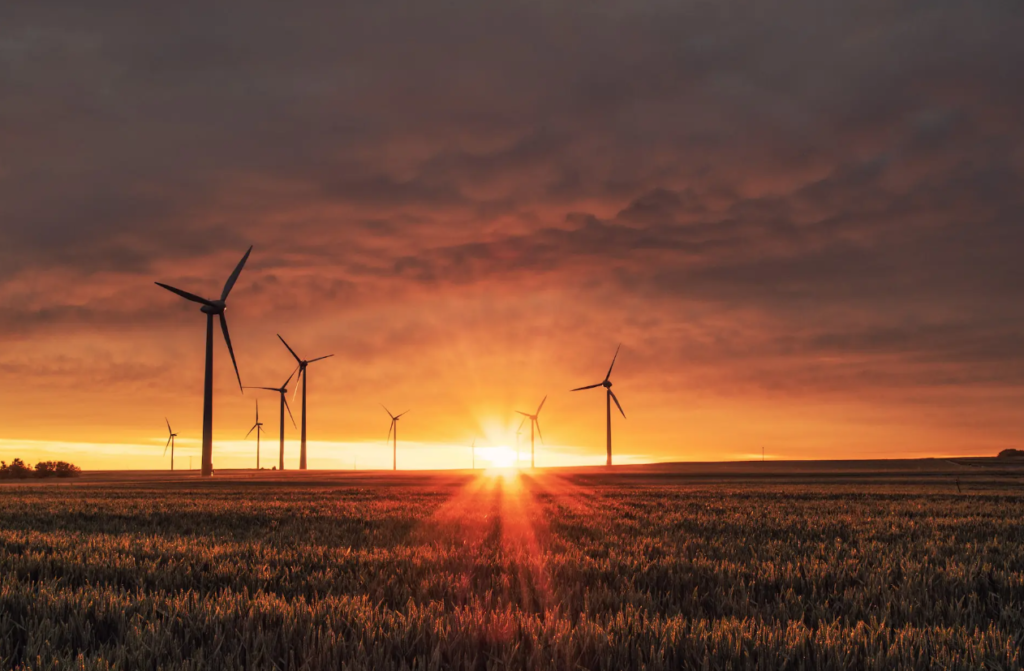World Energy Outlook 2023, IEA: that’s where current policies will take us
(sustainabilityenvironment.com) – “The transition to clean energy is happening all over the world and is unstoppable. It is no longer a question of ‘if’, but only ‘when’. And the sooner the better for all of us“. With these words, Fatih Birol, Executive Director of the International Energy Agency, presented the new World Energy Outlook 2023 of the IEA (WEO-2023), a timely and in-depth analysis of every aspect of the global energy system. In a context like today, dominated by geopolitical tensions and fragile energy markets, the report explores the effects of major structural changes in economies and energy use. On the one hand, the fragilities and weaknesses of the fossil fuel era are becoming increasingly clear, and on the other, it is undeniable that the ecological transition is facing new and challenging challenges.
From the early stages of the energy crisis, even before the Russian invasion of Ukraine, it became clear that moving to a more “green” energy system could help not only emissions but also security of supply and prices. It is no coincidence that today clean energy is the most dynamic aspect of global energy investments. But the industry is not without its problems due to inflation, supply chain bottlenecks and rising financing costs.
read also IEA forecasts: Oil demand, peak ‘in sight’ before 2030
How the energy system will change: the WEO-2023 scenarios
One thing is certain the energy system is already changing. According to the WEO-2023, the rate at which clean energy will grow in the coming decades in response to political and market stimuli is crucial to explain the differences in trajectories and outcomes of the three scenarios outlined: Declared policies, Announced commitments and Net Zero Emissions. In all, the momentum behind the clean energy economy is sufficient to produce a peak in demand for coal, oil and natural gas in this decade, although post-peak decline rates vary widely depending on the case. And all three contemplate population growth from the current 8 billion to 9.7 billion individuals by the middle of the century.
In detail, the three scenarios for the world energy system include:
- Declared Policies Scenario: The average annual growth rate of total energy demand up to 2030 will be 0.7%, about half that of the last decade. Consumption will continue to increase until 2050. The percentage of fossil fuels in primary energy demand will fall from 80% in the last two decades to 73% by the same date. The World Energy Outlook IEA predicts that the temperature will rise to 1.9 ºC in 2050 and 2.4 ºC in 2100.
- Scenario of Commitments Announced: the total energy demand flattens, by improving efficiency and the inherent savings benefits of electricity-powered technologies – such as electric vehicles and heat pumps – compared to fossil-fuel-based alternatives. The fossil share of primary energy demand will fall to 69% by the end of the decade. In this case, the World Energy Outlook 2023 reports an increase in temperature of 1.7 ºC in 2100.
- Net Zero Emissions scenario: by 2050, electrification and efficiency gains are progressing even faster, leading to a 1.2% decrease in primary energy per year until 2030. The share of fossil fuels in primary energy demand will fall to 62% by the end of the decade. In this scenario the temperature reaches its peak in the middle of the century and then arrives at about 1.4°C.
World Energy Outlook 2023, a strategy of 5 actions
IEA’s WEO-2023 proposes a global strategy to set the world on course with the Net Zero Emission scenario. A five-element plan that could also provide a basis for ambitious new results at the next COP28 on climate change. These elements are: triple global renewable capacity; double the rate of improvement of energy efficiency; reduce by 75% methane emissions from fossil fuel related activities; innovative and large-scale financing mechanisms to triple investment in clean energy in emerging and developing economies; measures to ensure an orderly reduction in the use of fossil fuels; including the end of new approvals of coal-fired power plants.
“Each country must find its own path, but international cooperation is crucial to accelerate the transition to clean energy,” said Dr Birol. “In particular, the rate at which emissions will decrease will largely depend on our ability to finance sustainable solutions to meet the growing demand for energy from fast-growing world economies. All this underlines the vital importance of doubling cooperation and cooperation, not withdrawing from them”.
Read here the new World Energy Outlook IEA.

